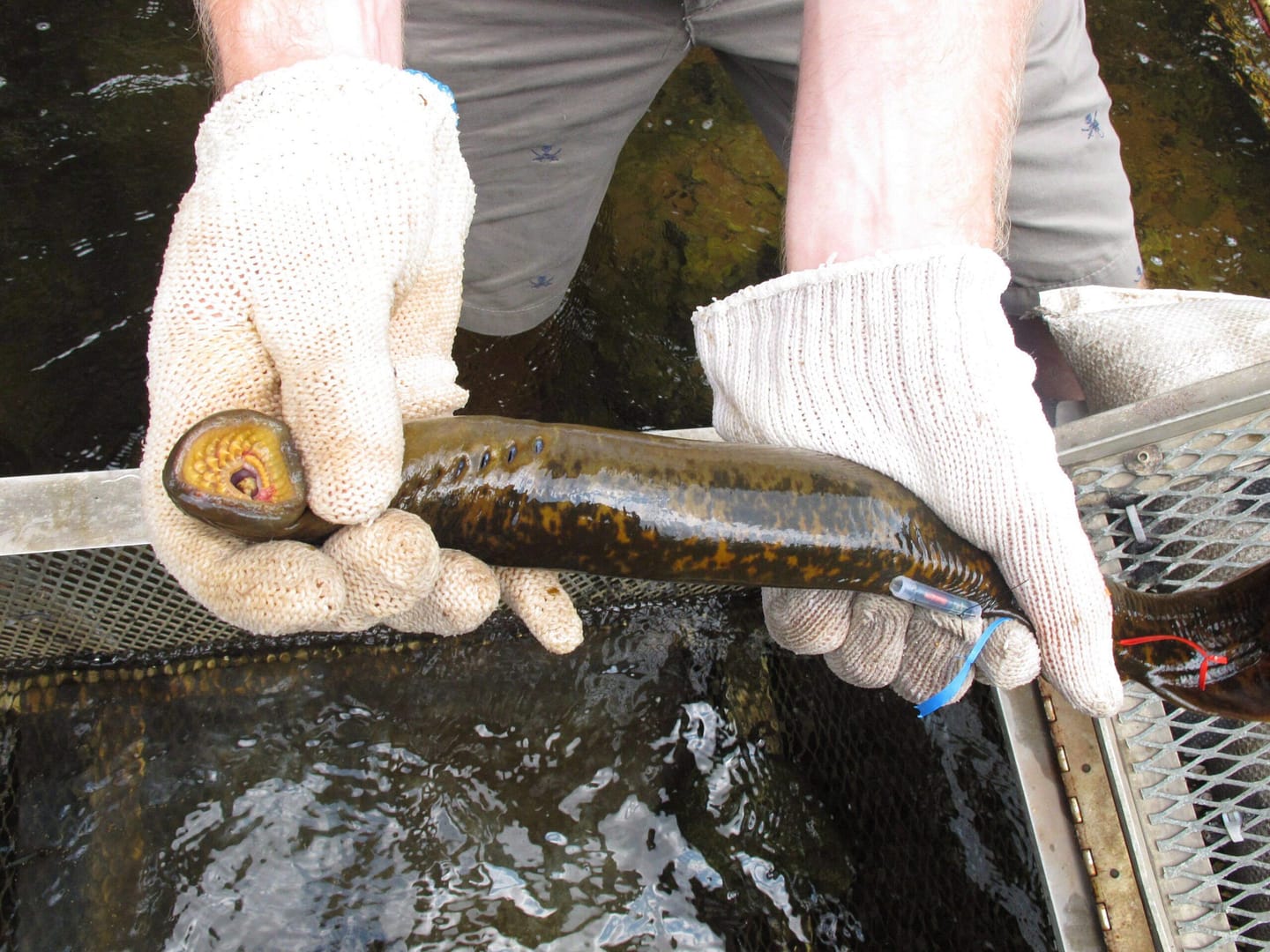Communicate this product on Twitter
Discuss this material via WhatsApp
Discuss this item on Twitter
Send this message to a recipient of your choice.
Following a reduction in work since the COVID-19 epidemic, the Great Lakes Fishery Commission reports a substantial increase in water fish populations across all five Great Lakes. The invasive species, which feeds parasitically on fish, poses a risk to the locations$ 7 billion fish. Sea Lampreys accidentally killed up to 40 pounds of bass during their parasite level by entering the Great Lakes in 1921 with their 150-tooth-filled tongues and serrated languages. Prior to marine fish control, the varieties killed far more fish than people, which resulted in significant economical and ecological harm. Control programs were put in place in 1958 that had previously reduced populations by over 90 %, but the pandemic stopped the slowing population growth in 2020 and 2021. As a result, thousands of marine fish eggs survived, resulting in the population boom seen immediately. In 2024, child water fish figures were 8, 619 higher than pre-covid statistics. The inhabitants in all five Great Lakes is higher than the goal, with the most recent increases occurring in Lake Superior and Ontario. As therapy resumes over time, populations in Lakes Michigan, Huron, and Erie have started to maintain. ” The increased presence in all rivers is not surprising given significantly reduced control efforts during 2020 and 2021 due to the pandemic”, said Ethan Baker, Commision head and president of Troy, Michigan. ” Elevated and changing grownup sea lamprey frequency should be anticipated over the next year or two before turning up down.”
View picture in full display
The tongue of a Sea Lamprey features 150 smile and a mouth that is cerated.
Steve Russell/Toronto Star via Getty Images
Trending Then
Democratic MPs in Ontario demand that Trudeau step down because “time is of the essence.”
Donald Trump threatens to try to reclaim the Panama Canal.
Sea Lamprey power remains a joint effort by Canada and the U. S., involving solutions, challenge maintenance and study. The commission’s vice-chair Jim McKane said,” The continual increase in sea fish frequency highlights the continued need for ongoing water fish power and research into new and innovative power practices in the Great Lakes.” While the population is currently above target, renewed control efforts must be made to protect one of the world’s most crucial water organisms. &, copy 2024 Global News, a section of Corus Entertainment Inc.



